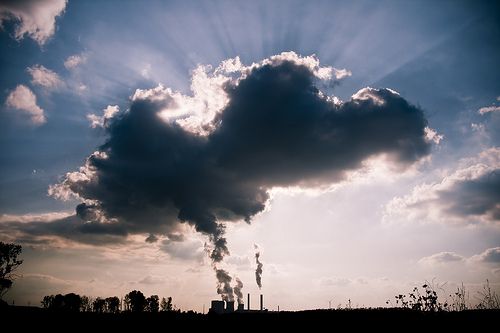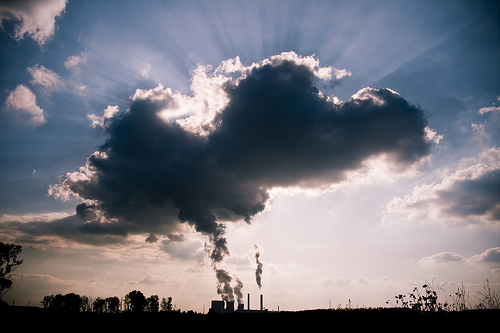International trade could cancel out carbon cuts
International trade could offset the global emissions reductions by developed countries, according to a new report. While developed countries have reported stabilised emissions in the last two decades, developing countries emissions have doubled, with a significant percentage coming from internationally traded goods consumed in the developed world.

 International trade may offset reported global emissions reductions. A new study has found that developed countries could be increasing their carbon footprint whilst reporting stabilised emissions due to outsourcing their emissions to developing countries.
International trade may offset reported global emissions reductions. A new study has found that developed countries could be increasing their carbon footprint whilst reporting stabilised emissions due to outsourcing their emissions to developing countries.
This is due to the current reporting practices, such as those reported to the UNFCCC and the IPCC under the Kyoto Protocol, that only take into account emissions produced within the country, according to the report, a collaboration of institutes from across the world.
The report found that while CO2 emissions in developed countries stabilised between 1990 and 2008, emissions from developing countries doubled in the same period. This could be partly due global CO2 emissions from the production of internationally traded goods grew from 20 per cent (4.2 gigatonnes (Gt) of CO2) in 1990, to 26 per cent in 2008 (7.8 Gt CO2) according to the authors.
Glen Peter, at Centre for International Climate and Environmental Research at Oslo (CICERO), lead author of the study said: “A key explanation for this finding is that increased imports to rich countries have led to increased production and emissions in developing countries.”
“International trade has enabled much needed economic development in emerging economies, but at the same time, many rich countries have benefited as they increase consumption without increasing their reported territorial emissions.”
The study, published in Proceedings of the National Academy of Sciences, examined the global database for CO2 emissions covering 113 countries and 57 economic sectors from 1990 to 2008.
It found that while global emissions grew 39 per cent from 1990 to 2008, at a regional level, emissions from developed countries stabilised, while those from the developing world doubled. It found that net emissions transfers from international trade increased from 0.4 Gt CO2 to 1.6 Gt CO2, exceeding the Kyoto Protocol emissions reductions.
When consumption based emissions are consider, the report authors say a very different global picture emerges. For example, China, which is often named the World’s largest emitter, with America in second position, drops to second place, when consumption-based emissions are considered, while America rises to the top spot.
A similar picture is seen globally, and the study found that if consumption-based emissions were considered Annex B countries would see their emissions contribution rise from minus 3 per cent to an 11 per cent growth in global CO2 emissions.
The U.S. and the EU both increased net emissions transfers while only the EU has a climate policy. The report does not blame climate policy for the emissions transfers but calls for this transfer to be considered in future mitigation policy.
They suggest that countries monitor emissions transfers via international trade, in addition to territorial emissions, to ensure progress towards stabilising greenhouse gas emissions.
Ottmar Edenhofer, from the Postdam Institute for Climate Impact research, co-author of the report said: “This does not mean that we should abandon regional rules for climate mitigation. Instead the extensions of these rules are necessary. We need pathways to a global deal now.”
The study "Growth in emission transfers via international trade from 1990 to 2008" has been conducted by researchers at the Center for International Climate and Environmental Research – Oslo (CICERO), Technical University Berlin, Science and Technology Policy Institute, Carnegie Mellon University, and Potsdam Institute for Climate Impact Research.
Image: Bert Kaufmann | flickr






